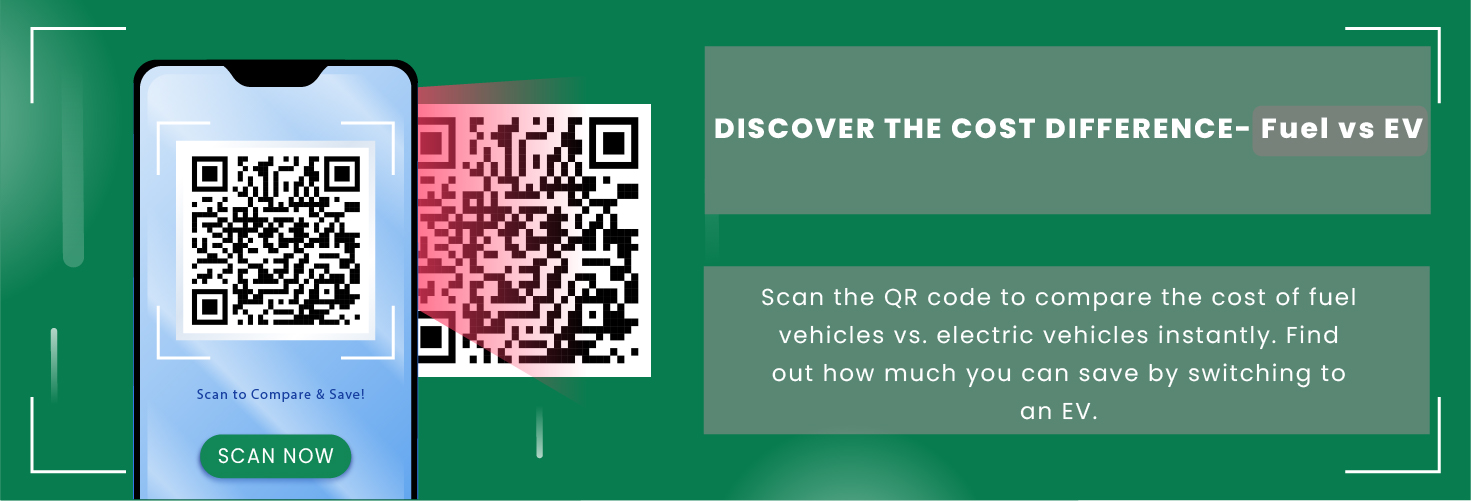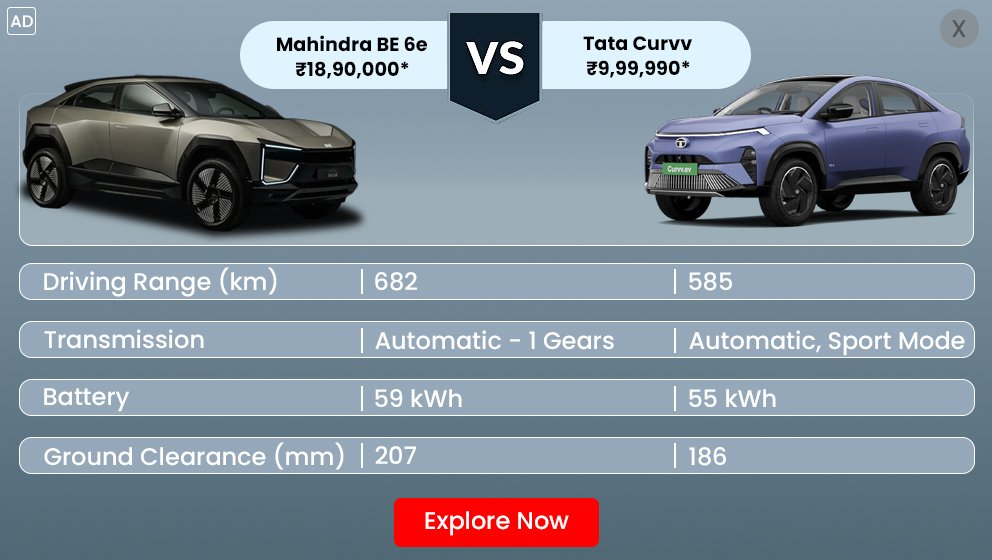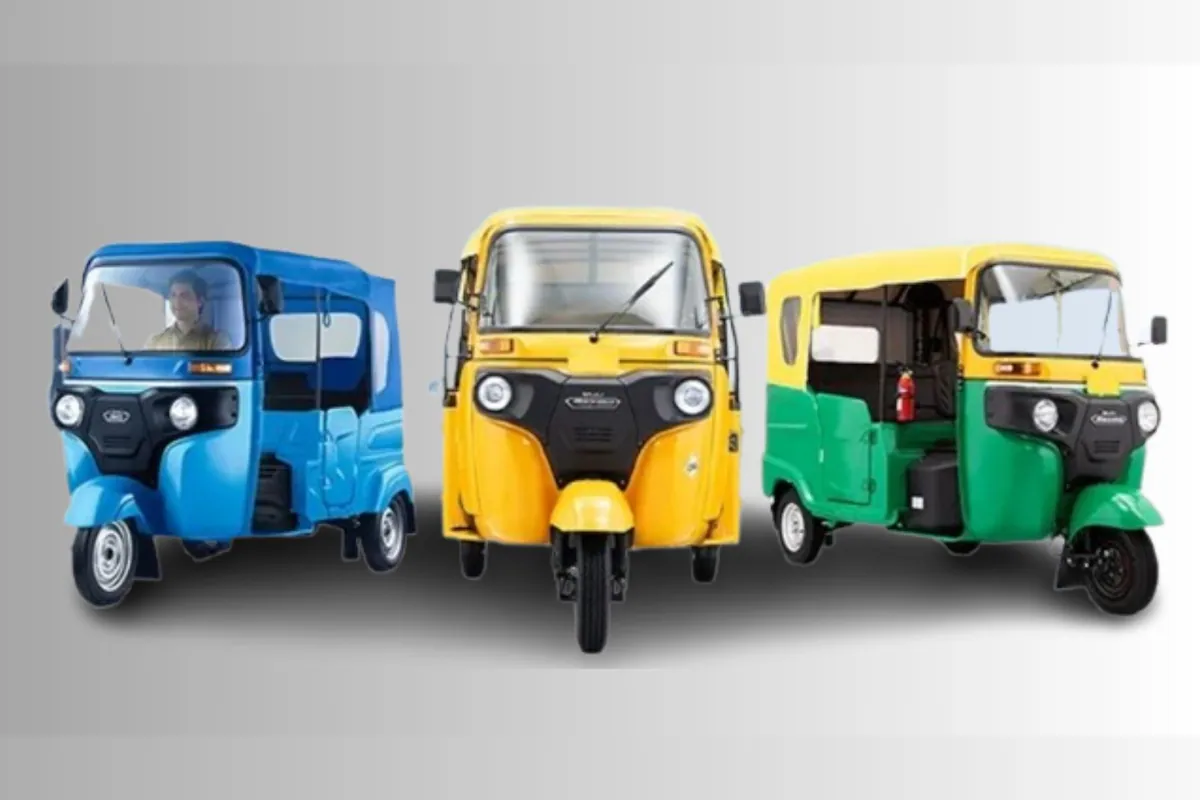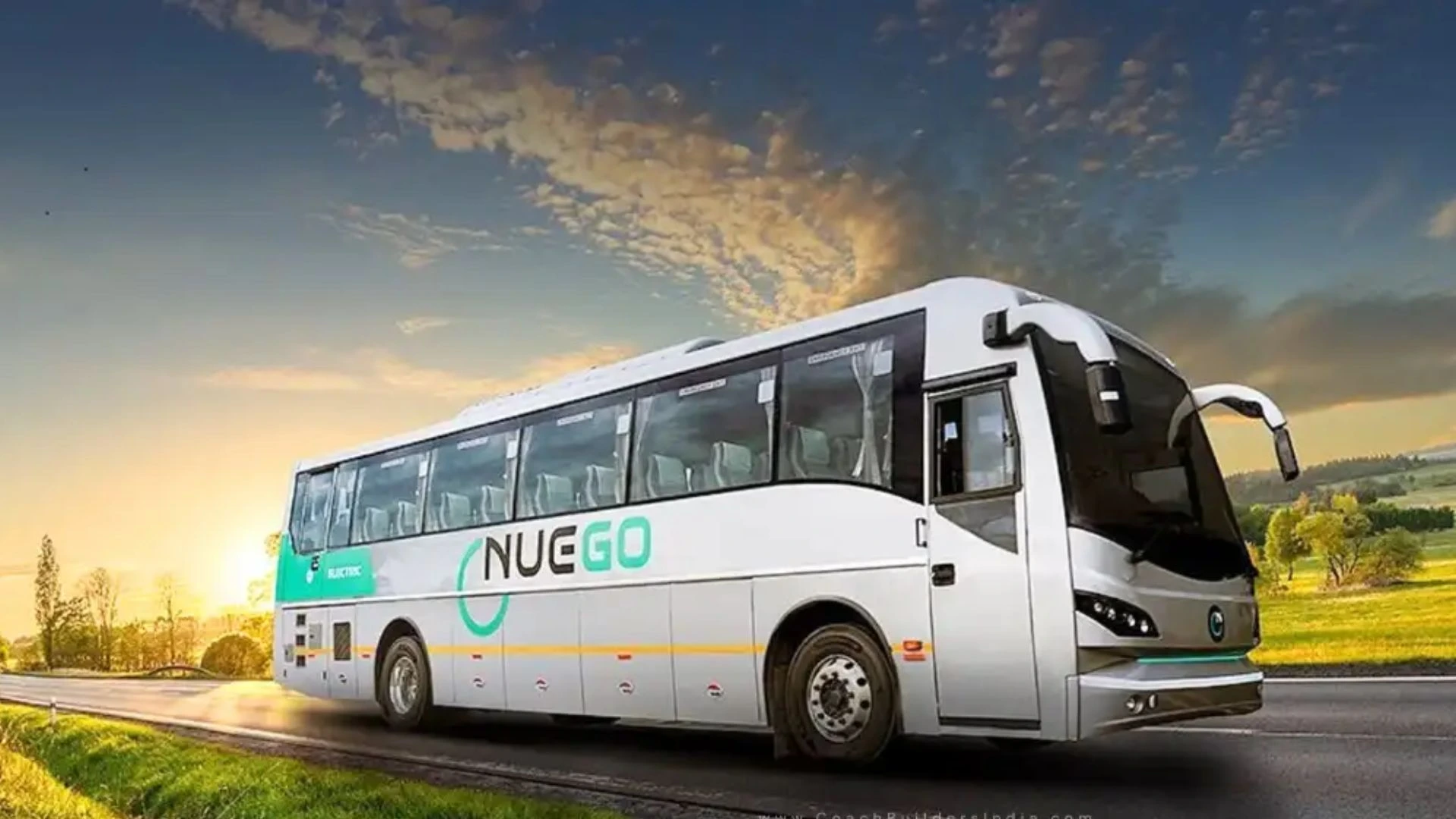When purchasing a brand new or second-hand car in India, one of the most crucial documents handed over to you is the Registration Certificate (RC). Besides basic information such as your name and the number of the vehicle, there is one part that typically confuses car buyers — the RC Tax Mode. If you have ever seen abbreviations such as "L", "Y5", or "Z1" on your RC and had no idea what they meant, you're not alone.
This article demystifies RC Tax Mode — what it is, why it's important, and how it affects your road tax payments, resale value, and legal compliance. We also look into how tax modes vary across Indian states and how you can easily verify them.
What Is RC Tax Mode?
RC Tax Mode is the mode and duration to which road tax has been prepaid on a vehicle. It appears as a code on the RC and indicates if the tax paid is for the lifetime, every year, each quarter, every month, or pending.
Briefly, RC Tax Mode helps in finding:
- Whether the payment of road tax of the vehicle is done or pending
- How often the road tax needs to be paid
- The type of registration the vehicle holds (private, commercial, or special category)
Also Read: Various Types of Spark Plugs: Which One Is Suitable for Your Car?
Why Is RC Tax Mode Significant?
Understanding RC Tax Mode is important for several reasons:
- Legal Compliance: Ensures your vehicle follows the rules set by the state transport authority.
- Ownership Transfer: Verifies the tax status during buying or selling.
- Resale Value: Lifetime tax cars have greater resale value.
- Avoid Penalties: Prevents penalties or car towing due to unpaid taxes.
- Tax Planning: Reminds you to remain aware of approaching tax due.
Types of RC Tax Modes and What They Are
Each RC Tax Mode code is a specific tax arrangement. Below are the most common codes and what they are:
- L – Lifetime Tax
- Single payment of tax for the entire registration period (usually 15 years)
- Common to two-wheelers and private cars
- No annual renewal is necessary
- Y5 – Yearly or Quarterly Tax
- Tax paid yearly or quarterly
- Common for commercial vehicles like buses, trucks, or taxis
- Requires renewal often and documentation
- M – Monthly Tax
- Road tax is paid monthly
- Used for goods-carrying or commercial vehicles
- Offers flexible payment suitable for temporary permits
- O – Other / Special Tax Category
- Used for:
- Government cars
- Ambulances
- Fire trucks
- Cars which are eligible for tax rebate
- Z1 – Zero or Pending Tax
- Means unpaid or pending road tax
- Vehicles under this category are not legally permitted on the road until dues are settled
- The necessity of taking prompt action in order to prevent penalties
- AIT – All India Tourist Permit
- Granted to vehicles that travel between state boundaries
- Usually utilized in the case of inter-state tourist buses and taxis
- Falls under central as well as state-level taxation
State-wise Variation in RC Tax Mode
Indian road tax is administered at the state level. Rates and modes are different depending on the place. Some examples are:
- Petrol or CNG variants are charged lower than diesel cars in Maharashtra
- Telangana allows single-payment road tax based on vehicle price
- Delhi charges environmental cess and parking charges as part of the tax
- Gujarat and Rajasthan charge tax slabs as a function of fuel type and engine capacity
Therefore, even for the same type of vehicle, RC Tax Mode may change from state to state depending on the location of registration.
How to Check RC Tax Mode
You can obtain the RC Tax Mode very easily by both physical and online method:
- Find a code like L, Y5, etc. on the RC document.
To view online:
- Go to transport department website or VAHAN portal
- Enter your vehicle registration number
- Locate the 'Tax Mode' field in vehicle details
Common Mistakes to Avoid
- Ignoring RC Tax Mode at time of purchase: Keep tax status in mind while purchasing an older vehicle.
- Assuming uniform tax laws: Road tax laws are different in every state.
- Missing renewal deadline: Vehicles not exempted from lifetime tax should be renewed on time.
- Missing relocation tax: Moving to another state may require paying tax again as per local rules.
Road Tax Rates in Indian States
|
State |
Vehicle Cost Range |
Private Vehicle Tax |
Company Vehicle Tax |
Additional Charges |
|
New Delhi |
Up to ₹6 lakh |
Petrol: 4%, Diesel: 5% |
Petrol: 5%, Diesel: 6.25% |
Parking Fees: ₹2,000–₹4,000 |
|
Uttar Pradesh |
Up to ₹10 lakh |
8% |
Not specified |
Temporary Fees in some cities |
|
Haryana |
Up to ₹6 lakh |
5% |
Not specified |
None |
|
Maharashtra |
Up to ₹10 lakh |
Petrol: 11%, Diesel: 13%, CNG: 7% |
Double the rate |
None |
|
Telangana |
Up to ₹10 lakh |
12% |
14% |
None |
|
Karnataka |
Up to ₹5 lakh |
13% |
Not specified |
None |
|
Tamil Nadu |
Up to ₹10 lakh |
10% |
Not specified |
None |
|
Gujarat |
All vehicles |
6% |
12% + 5% VAT |
None |
|
Rajasthan |
Based on engine size |
Petrol: 6%, Diesel: 8% |
Not specified |
None |
Note: These rates are approximate and may change according to policy amendments.
Conclusion
Being aware of RC Tax Mode is not just the reading of a code on your vehicle's RC — it's a sign of your duty and awareness as an automobile owner. In case you are buying a new vehicle, moving to a different state, or selling your vehicle, knowing the tax mode facilitates processes, gives legal safeguards, and allows better financial planning.
Take it upon yourself to check your RC Tax Mode, stay updated about your state's taxation policies, and pay in advance. Being in the know today will save you from unwarranted fines and troubles in the future.
Also Read: Types of Headlights in Car: Everything You Need to Know
Follow Autonexa Whatsapp Channel to stay updated with the latest happenings in the automobile industry.










_1765357579.webp)